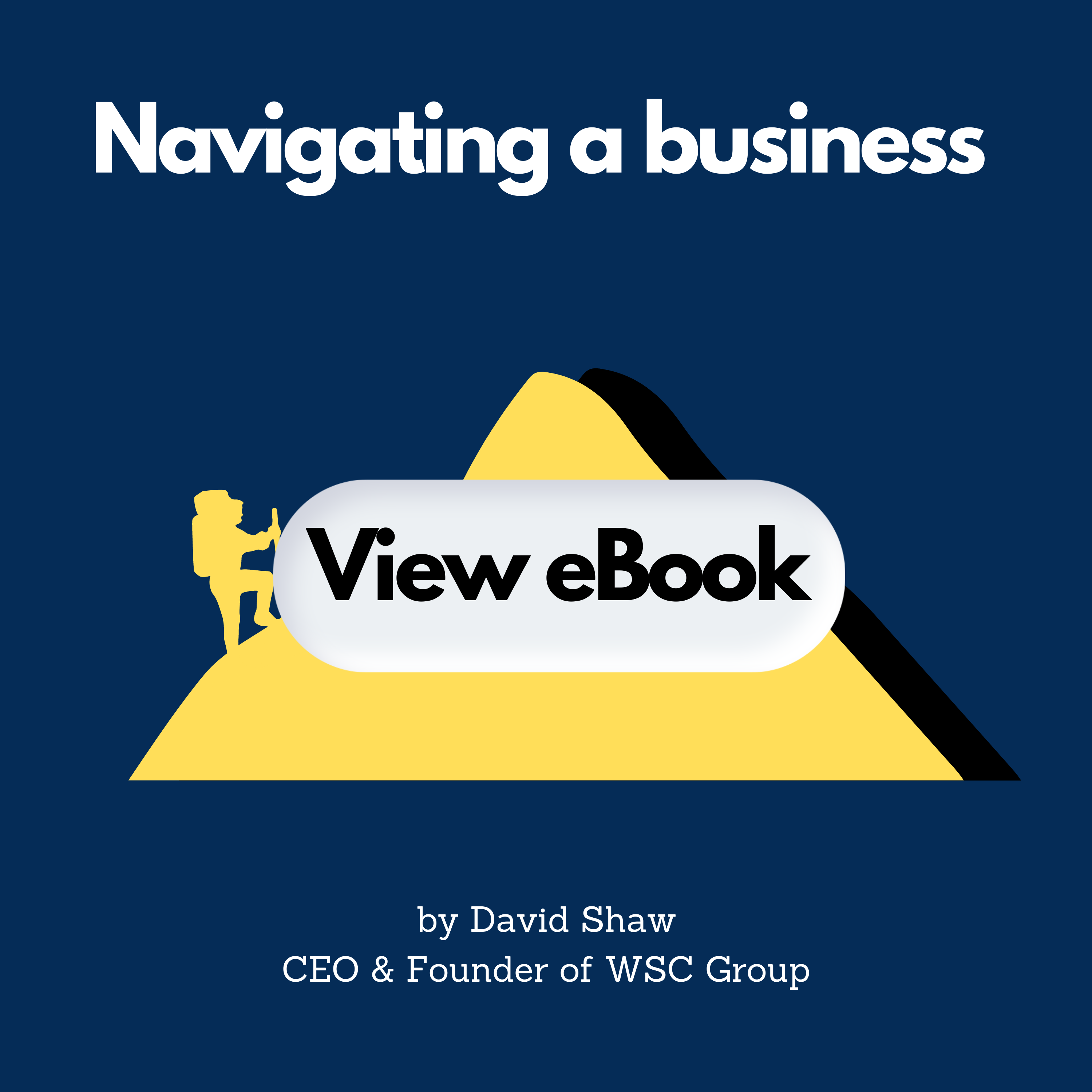August 2023
Economic and market overview
- Interest rate forecasts continued to dominate attention in financial markets in August.
- The release of resilient economic data and sticky inflation readings indicated that official interest rates might need to be raised further in key regions, or at least remain high for longer than was previously anticipated. These fears weighed on share markets worldwide in the first half of the month.
- Bond yields also rose sharply in key regions in early August, weighing on returns from fixed income.
- There was a reversal in sentiment in the second half of the month, however, which enabled both bonds and shares to recover most – or all, in some cases – of their earlier lost ground.
- Locally, most ASX-listed companies announced their financial results for the year ending 30 June 2023. As ever, guidance and outlook statements drove sentiment towards individual stocks.
In aggregate the S&P/ASX 200 Accumulation Index closed the month 0.7% lower thanks to a late rally – the Index had been down much more meaningfully earlier in the month.
US: Federal Reserve Chair Powell appeared at the Jackson Hole Economic Symposium – a gathering of influential figures to discuss central bank policy – which attracted a fair degree of scrutiny. Investors were looking for clues on whether borrowing costs in the world’s largest economy will continue to rise, or whether the most recent hike in July will be the last in this cycle.
- Collectively, leaders of the world’s major central banks reiterated the need to keep borrowing costs elevated until inflation is contained, but stopped short of making any definite projections of where interest rates might peak.
- 30-year mortgage rates in the US have already risen to their highest levels since 2000, which experts suggest will restrict discretionary spending and have a dampening effect on inflation.
On the other hand, the US economy added another 187,000 jobs in August, bring the total in 2023 to more than two million. This suggests wages could continue to rise, perhaps preventing inflation from moderating as much as policymakers would like.
Australia: The Reserve Bank of Australia left official interest rates on hold at 4.10% at its meeting in early August.
- Time will tell whether further policy tightening is required under the leadership of the new RBA governor. Michele Bullock – currently Deputy Governor – will take on the top job during September when Philip Lowe’s seven-year term ends.
- The latest CPI release provided some grounds for optimism, with headline inflation slowing to an annual rate of 4.9% in July. This is still well above the RBA’s 2% to 3% target range, but was the lowest level since early 2022.
- The latest employment and wage growth numbers were also below expectations. A net 15,000 jobs were lost in Australia in July, versus forecasts for a 15,000 increase and the unemployment rate ticked up to 3.7%.
In other news, hundreds of workers at two large liquefied natural gas (LNG) facilities in Western Australia threatened to strike over pay and working conditions. This potential disruption could be a significant development for global energy markets, as the two facilities account for between 5% and 7% of the world’s total LNG supply.
New Zealand: Economic indicators in New Zealand appear to be worsening as higher borrowing costs continue to bite.
- The unemployment rate rose to 3.6% in the June quarter, from 3.4% in the first three months of the year, and wage growth has moderated.
- House prices have also fallen by more than 10% over the past year, further eroding consumer sentiment.
- Business confidence remains subdued too, clouding the outlook for new investment.
Official interest rates have been unchanged at 5.50% for more than three months and with economic data starting to roll over, observers are increasingly suggesting this could represent the peak in borrowing costs in this cycle.
Europe: Official interest rates were left on hold in the Eurozone, following a 0.25% increase in late-July.
- Like their counterparts at the US Federal Reserve, policymakers at the European Central Bank appear willing to see how the policy tightening that has already occurred affects activity levels and, in turn, inflation.
- Wage growth remains quite high, but the outlook for labour markets in the region has deteriorated as economic activity levels have moderated. According to the IMF, Germany – the manufacturing powerhouse in the region and Europe’s largest economy – will be the worst-performing major advanced economy in 2023, with negative GDP growth.
- Italian GDP growth also turned negative in the June quarter, suggesting weakness could be extending into other parts of the Eurozone.
- Persistently high inflation and the threat of recession continued to hang over the UK economy. CPI has moderated a little, but at 6.8% inflation remains stubbornly high. The Bank of England responded by raising cash rates by a further 0.25%, to 5.25%.
Residential property prices in the UK have now fallen by more than 5% in the past year. This appears to be weighing on consumer confidence and, in turn, discretionary spending.
Asia/EM: Concerns about debt levels in China – particularly in the property sector – continued to dominate headlines in Asia.
- Export demand has tailed off, weighing on manufacturers and resulting in subdued Chinese factory output.
- Domestic demand has been unable to fill the void so far, suggesting economic growth rates in the world’s second largest economy will slow this year.
- Chinese officials are trying to lift activity levels with a range of economic stimulus measures.
- Interest rates on short-term loans have now been lowered twice in the past three months, for example, and authorities have instructed lenders to lower homeowners’ borrowing costs.
Australian dollar
- The Australian dollar struggled in the first half of August as risk assets sold off and failed to recover much of this lost ground.
- The AUD depreciated by 3.5% against the US dollar over the month, closing below 65 USc; its lowest level since late-2022.
- The AUD fared poorly against other major currencies too, although the movements were more modest. The ‘Aussie’ fell by around 1% against the Japanese yen and a trade-weighted basket of other international currencies.
Australian equities
- The S&P/ASX 200 Accumulation Index had fallen as much as 3.7% in mid-August, but a late relief rally saw the Index close the month just 0.7% lower.
- It was a busy month for investors in the local share market, as most ASX-listed companies reported their full year results.
- Forward-looking earnings guidance and the tone of outlook statements was particularly significant in influencing sentiment towards particular stocks and sectors.
- The Consumer Discretionary sector was a standout performer, gaining 4.6%. The rising cost of living for customers and higher cost bases weighed on earnings growth for retailers, although investors seemed reassured that cost pressures will start to ease and that earnings will recover in the medium term.
- At the other end of the spectrum Utilities stocks struggled the most, returning -4.3% over the month. APA Group fell by more than 10% as the company’s dividend guidance fell short of market expectations and as management flagged that further cost increases are likely in the years ahead.
- The Consumer Staples sector also closed the month down more than 4%. Elders, a2 Milk and Coles Group were among the worst performers, all declining between 10% and 12%. Coles particularly disappointed investors with higher-than-expected operating costs, a decline in gross margins, and a 20% increase in stock loss from theft.
- Weaker economic indicators in China continued to weigh on the Materials sector (-2.2%). Investors are becoming less confident in the country’s prospects for economic recovery, which does not augur well for bulk commodity demand.
- Small caps also weakened, with the S&P/ASX Small Ordinaries Index closing the month 1.3% lower.
- Index constituents Mesoblast (-55.5%), Chalice Mining (-39.6%) and Iress (-38.3%) performed particularly poorly.
Global equities
- Global share markets weakened in early August and by mid-month the MSCI World Index had fallen by more than 5%.
- Sentiment improved thereafter as fears about higher interest rates receded somewhat. The Index still closed the month down, although foreign exchange movements lifted returns into positive territory for AUD denominated investors.
- The well-publicised downturn in economic indicators in China and further stress in the property sector weighed on Asian stocks. Hong Kong’s Hang Seng and China’s CSI 300 fell 8.5% and 6.2%, respectively, while share markets in Japan and Singapore also closed the month lower.
- There was broad-based weakness in Europe too, with the French, German, Italian, Swiss and UK stock markets all down between 1% and 3%.
- US stocks performed similarly poorly, with the S&P 500 and NASDAQ down 1.6% and 2.2%, respectively. These returns did not appear to be too alarming for investors, however; while the recent rally has run out of steam, both indices continue to show strong gains in the calendar year to date.
- Looking ahead, it is worth noting that September has historically been the worst month for global shares. It will be interesting to see whether that trend is maintained or broken this time around.
Listed property
- Like broader share markets, global property securities struggled. The FTSE EPRA/NAREIT Developed Index closed August down 2.7% in AUD terms.
- The worst-performing markets included Hong Kong and Singapore – again owing to a deteriorating economic outlook in Asia – as well as the US.
- The outlook for the US economy is brighter than some other major markets, but US REITs moved lower during the month after performing well in the months prior and as investors banked profits from the recent rally.
- Markets including Germany and Japan fared better and generated positive returns.
- German real estate markets benefited from hopes that we may be nearing the top of the interest rate cycle, while J-REITs were buoyed by the governor of the Bank of Japan reiterating the need for interest rates to remain near zero.
- Locally, property stocks reported mixed full year results, but collectively the reports were a little less bad than feared. This sense of relief helped A-REITs add 1.7%. The sector was one of only two in the S&P/ASX 200 Index to make positive progress.
- Goodman Group was the best individual performer, adding 13.7% on the back of strong operational performance and the announcement of a 3GW data centre pipeline opportunity.
Global and Australian Fixed Income
- August was a volatile month for government bonds in major markets.
- In the US, 10-year Treasury yields hit their highest level since 2007 during the month – briefly trading above 4.30% – partly due to an announcement that new supply of government bonds will be higher than previously expected.
- Similar sell-offs were seen in other major markets, with yields on 10-year UK gilts and German bunds rising to their highest levels in more than a decade.
- Some of these losses were recouped in the second half of August, although yields nonetheless closed the month higher in all major overseas markets.
- These moves acted as a headwind for global fixed income funds; the Bloomberg Global Aggregate Index returned -0.3% in AUD terms.
- In other news, credit rating agency Fitch downgraded its rating on US government debt to AA+, from AAA. This is not expected to affect activity levels in the Treasury market, but does highlight the extent of the US’ indebtedness and the debt repayment burden going forward.
- Movements in the Australian sovereign bond market in August were essentially a repeat of what occurred in July.
- The market sold off sharply in mid-month – with 10-year yields rising above 4.30% – but later recovered all of this lost ground. In fact 10-year yields closed August slightly below their end-July level, at 4.03%.
- This move supported returns from Australian bond funds; the Bloomberg AusBond Composite 0+ Year Index added 0.7%.
Global credit
- Credit spreads widened modestly in both the investment grade and high yield sub-sectors, which was consistent with the general weakness in equity markets.
- This was a headwind for performance, although corporate bonds still eked out modest positive returns thanks to the receipt of higher coupon payments.
- Higher yields are providing an improved level of cash flows for bond holders and continue to support demand for the asset class from income-oriented investors, in particular.
- Regionally, there was little to choose between the performance of issuers in Europe and the US, although Asian names continued to struggle.
- Several large companies in the property development sector in China are still battling to avoid defaulting on their debt during an extended credit crunch.
- The cash flow issues in the sector could mean companies are unable to honour their debt repayment obligations, missing regular coupon payments and/or failing to repay their bonds when they mature. These issues only underline the criticality of careful security selection and ongoing portfolio management.













